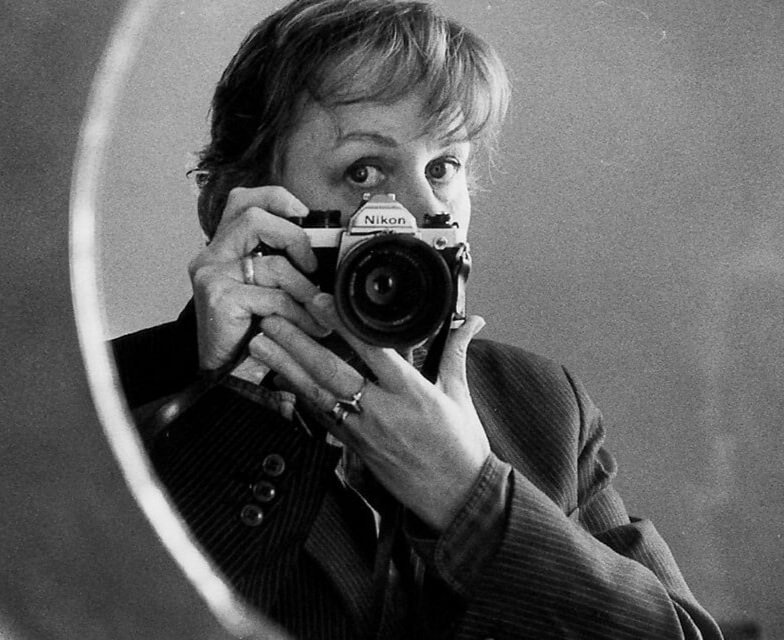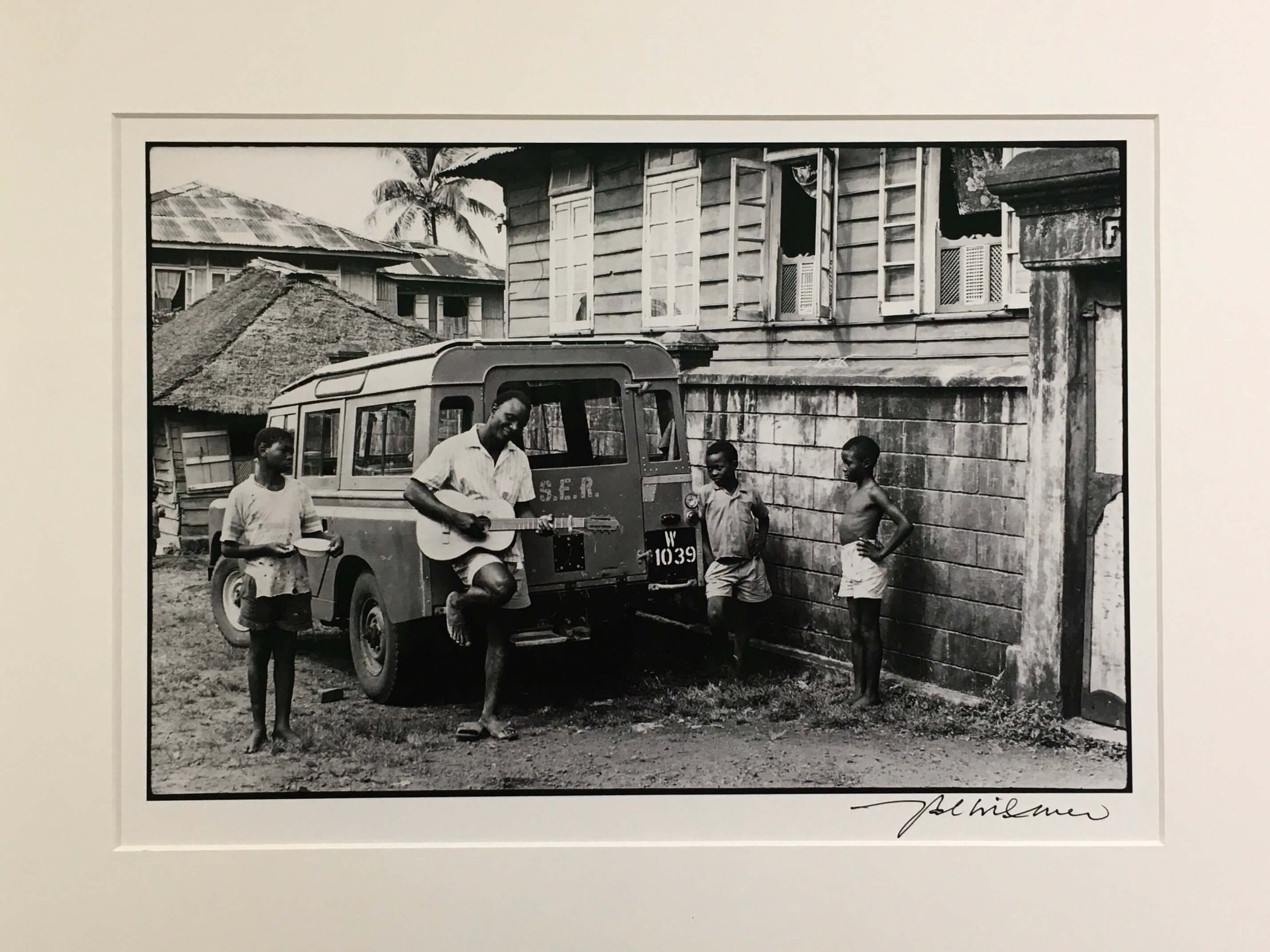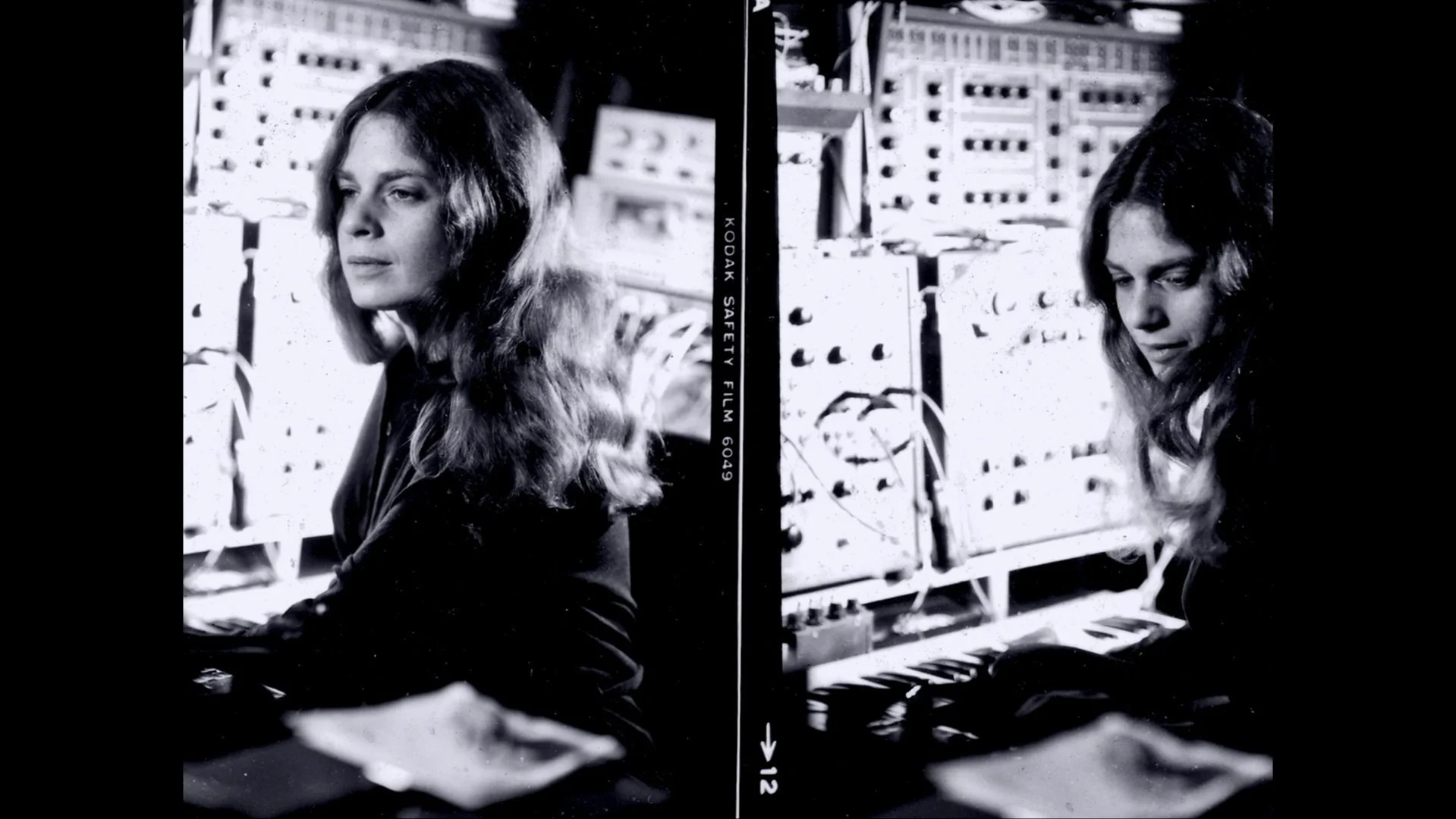Growing up as a chubby and shy brown boy in 80’s/90’s Brighton, I yearned for more role models who looked like me. Don’t get me wrong. I appreciated the dedication of grafters like my parents who went from cut-short careers in radiography and accountancy to monotonous seven-day weeks in newsagencies. But when you’re a kid, safe can be boring and routine mind-numbing. There must be something else.
Where were the artists? The rebels and risktakers. The mavericks and mould-breakers we could follow. Someone to stoke our defiance, slap the need for approval out of us and say, go on, express yourselves. Bust out of that straightjacket of an acceptable profession, be it medicine, banking or law.
Is this a reflection of my sheltered childhood or my narrow window to the world at the time? As a graduate of a bohemian seaside town who was immersed in popular culture and wondering where he fit in, I doubt it. But let me think…
We had Handsworth-born ragamuffin Apache Indian storming up the UK charts in 1993 with ‘Boom Shack-A-Lak’, which found its way into the comedy Dumb and Dumber. Cornershop, fronted by Tjinder Singh, reaching number one in 1998 courtesy of a Fatboy Slim remix. Who else?
Goodness Gracious Me causing a stir on British TV by royally taking the piss. Hanif Kureishi’s The Buddha of Suburbia raising eyebrows with Karim’s horny escapades as a bisexual adolescent who’s raging against his mixed race in 70’s Britain. The Asian Underground movement (an umbrella term used to cover the likes of Talvin Singh, Nitin Sawhney, Asian Dub Foundation and State of Bengal) carving their own lane in the UK music industry.
How we claimed swaggering, somersaulting Prince Naseem Hamed as one of our own, particularly the Muslim South Asians, even though he’s of Yemeni heritage. At a stretch, let’s add “that bass player from No Doubt” playing in the background, as Aziz Ansari quipped on stage. (His name is Tony Ashwin Kanal, by the way. And respect is due.)
So you can imagine my shock and excitement when I discovered that Ahmedabad, in my family’s homeland of Gujarat, was a hotbed of electronic music experimentation. And not a decade ago or whatever. Way back in the 1960s!
Read the full story on my Substack, Bluejeans & Moonbeams.
Also in this issue: The Holdovers rekindles my love of cinema, the best of Curb Your Enthusiasm, Michael Jackson back in the spotlight, Carl Weathers RIP and the late Neil Kulkarni destroys Oasis.














